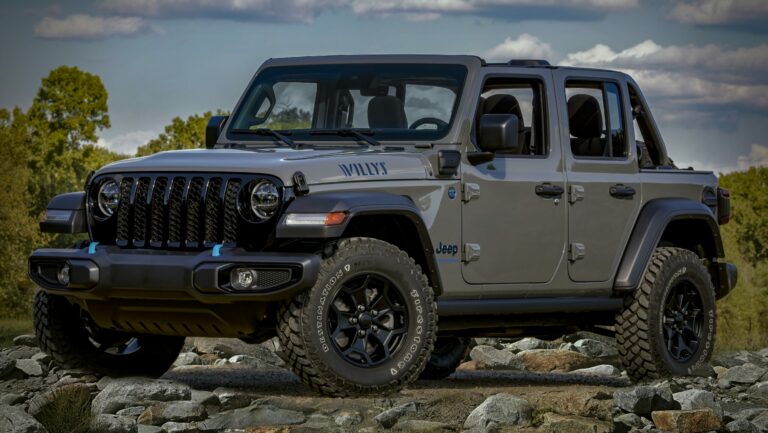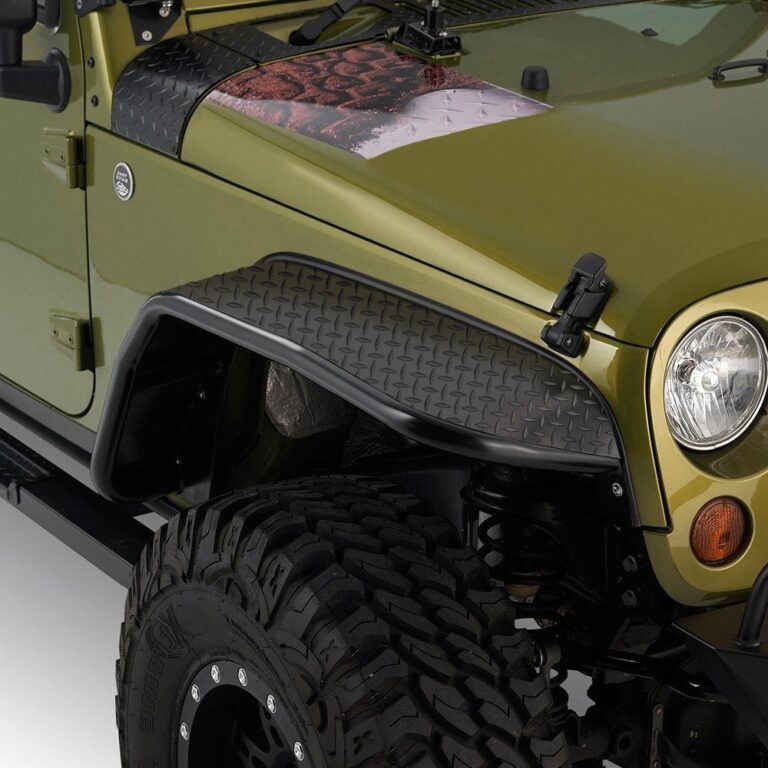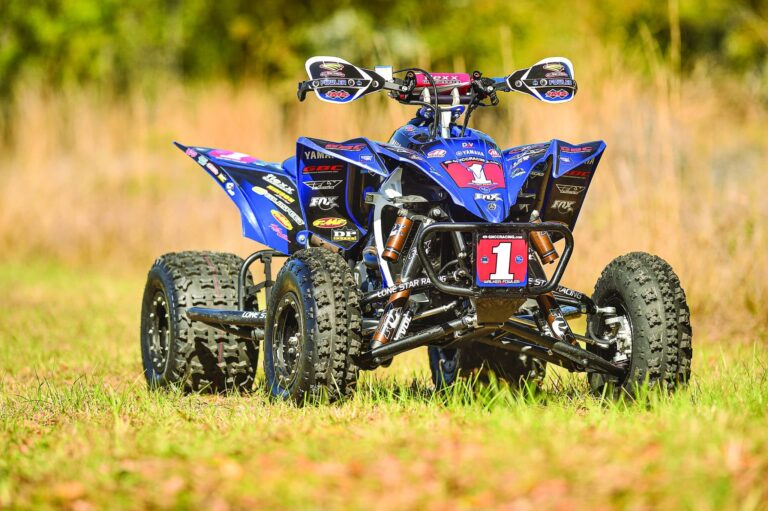How Much Does My 2012 Jeep Wrangler Weigh? Unveiling the Numbers Behind Your Off-Road Icon
How Much Does My 2012 Jeep Wrangler Weigh? Unveiling the Numbers Behind Your Off-Road Icon jeeps.truckstrend.com
The 2012 Jeep Wrangler, a beloved icon of off-road adventure and open-air freedom, holds a special place in the hearts of enthusiasts. Whether you own a classic 2-door JK or the more spacious 4-door JK Unlimited, understanding its weight is far more than just a trivial detail. It’s a crucial piece of information that impacts everything from towing capacity and payload limits to fuel economy, suspension performance, and even off-road capability. This comprehensive guide will delve into the various aspects of your 2012 Jeep Wrangler’s weight, helping you accurately assess its heft and make informed decisions.
Knowing your Wrangler’s true weight is essential for safety, compliance, and optimizing its performance. Every modification, every piece of gear, and every passenger adds to the total, pushing the boundaries of what your vehicle can safely handle. Let’s unpack the numbers and explore the factors that contribute to the overall mass of your 2012 Jeep Wrangler.
How Much Does My 2012 Jeep Wrangler Weigh? Unveiling the Numbers Behind Your Off-Road Icon
Understanding the Basics: Curb Weight vs. GVWR
Before we dive into specific figures, it’s vital to differentiate between two fundamental weight terms:
-
Curb Weight: This is the weight of your vehicle as it rolled off the assembly line, including all standard equipment, a full tank of fuel, and all necessary fluids (oil, coolant, etc.). It does not include passengers, cargo, or aftermarket accessories. This is the baseline weight for your 2012 Jeep Wrangler.
-
Gross Vehicle Weight Rating (GVWR): This is the maximum permissible total weight of your fully loaded vehicle, including the curb weight, all passengers, cargo, and any accessories. The GVWR is a critical safety limit set by the manufacturer, designed to ensure the vehicle’s structural integrity, braking performance, and handling characteristics remain safe. Exceeding your GVWR can lead to compromised braking, excessive tire wear, suspension damage, and even legal issues.

For your 2012 Jeep Wrangler, you’ll typically find the GVWR (and Gross Axle Weight Ratings – GAWR) listed on a sticker located on the driver’s side door jamb. Always consult this sticker for the definitive limits for your specific vehicle.
The Core Numbers: 2012 Jeep Wrangler Base Curb Weights
The curb weight of a 2012 Jeep Wrangler varies significantly depending on the specific model (2-door vs. 4-door Unlimited) and trim level. These variations primarily stem from differences in wheelbase, body length, and standard features.

Here are the approximate base curb weights for the main 2012 Jeep Wrangler models:
-
2012 Jeep Wrangler (2-Door):
- Sport: Approximately 3,760 – 3,870 lbs (1,706 – 1,755 kg)
- Sahara: Approximately 3,900 – 4,000 lbs (1,769 – 1,814 kg)
- Rubicon: Approximately 4,000 – 4,130 lbs (1,814 – 1,873 kg)

-
2012 Jeep Wrangler Unlimited (4-Door):
- Sport: Approximately 4,100 – 4,200 lbs (1,859 – 1,905 kg)
- Sahara: Approximately 4,200 – 4,300 lbs (1,905 – 1,950 kg)
- Rubicon: Approximately 4,300 – 4,380 lbs (1,950 – 1,986 kg)
It’s important to note that these are base curb weights. Your specific vehicle’s weight will likely be higher due to optional equipment and modifications, which we’ll discuss next.
Factors That Add Weight to Your 2012 Jeep Wrangler
While the base curb weight gives you a starting point, very few Wranglers remain in their factory-fresh state for long. The customizable nature of these vehicles means that countless additions can significantly increase their overall mass. Understanding these factors is key to calculating your true weight.
- Transmission Type: While minor, an automatic transmission is typically slightly heavier than a manual transmission.
- Hard Top vs. Soft Top: A factory hardtop (Freedom Top) adds a noticeable amount of weight compared to a soft top, often in the range of 80-100 lbs (36-45 kg).
- Optional Factory Equipment: Features like air conditioning, power windows, upgraded sound systems, larger factory wheels, and heavy-duty axles (standard on Rubicon) all contribute to the overall weight.
- Aftermarket Modifications & Accessories: This is where the weight really starts to pile on for most Wrangler owners.
- Heavy-Duty Bumpers & Tire Carriers: Steel aftermarket bumpers can add anywhere from 50 lbs to over 200 lbs each, especially with integrated winch mounts and tire carriers.
- Winches: A robust winch can easily add 70-100 lbs.
- Larger Tires & Wheels: Upgrading from stock 32-inch tires to 35-inch or 37-inch tires, especially with heavier beadlock wheels, can add 20-30 lbs per wheel/tire combination, totaling 100-150 lbs for five tires.
- Skid Plates & Armor: Protecting the undercarriage with steel skid plates, rock sliders, and diff covers adds substantial weight, often hundreds of pounds.
- Roof Racks & Roof Top Tents: A robust roof rack system can add 50-100 lbs, and a roof top tent can easily add 100-200 lbs or more.
- Lift Kits: While some lift components replace existing ones, heavier shocks, springs, and control arms can add weight.
- Recovery Gear & Tools: Hi-lift jacks, shovels, spare parts, toolboxes, and recovery straps quickly add up.
- Interior Storage Solutions: Drawers, cargo nets, and interior racks add to the total.
- Auxiliary Fuel/Water Tanks: Carrying extra liquids significantly increases weight.
- People and Cargo: Don’t forget the weight of occupants and all your gear for a trip!
How to Find Your Specific 2012 Jeep Wrangler’s Weight
While the approximate numbers are helpful, the best way to know your specific Wrangler’s weight is to measure it.
- Check Your Owner’s Manual & Door Jamb Sticker: Your owner’s manual will provide general specifications, but the sticker on the driver’s side door jamb is the authoritative source for your vehicle’s GVWR, GAWR, and often the base curb weight.
- Manufacturer’s Specifications (Online): Reputable automotive databases and Jeep’s official archives can provide detailed specifications for different trims and configurations.
- Visit a Public Scale: This is the most accurate method. Truck stops (like CAT scales), recycling centers, and some moving companies have public scales. You can weigh your vehicle empty (driver only) to get an accurate curb weight, and then weigh it fully loaded to see how close you are to your GVWR. This is highly recommended, especially after significant modifications.
Why Knowing Your Wrangler’s Weight Matters So Much
The weight of your 2012 Jeep Wrangler has profound implications for various aspects of its operation and your safety.
- Towing Capacity: The 2012 Jeep Wrangler (2-door) typically has a maximum towing capacity of 2,000 lbs (907 kg), while the Wrangler Unlimited (4-door) can tow up to 3,500 lbs (1,588 kg). Your vehicle’s curb weight, combined with the weight of passengers and cargo, directly impacts the effective towing capacity. Exceeding these limits is dangerous and illegal.
- Payload Capacity: This is the maximum weight of cargo and passengers your vehicle can carry, calculated as GVWR minus curb weight. Overloading your Wrangler stresses the suspension, tires, brakes, and chassis, leading to premature wear and unsafe driving conditions.
- Fuel Economy: Simply put, a heavier vehicle requires more energy to move. Every pound added to your Wrangler will incrementally decrease your fuel efficiency.
- Suspension Performance: The factory suspension components are designed for the vehicle’s original curb weight and GVWR. Adding significant weight without upgrading your suspension will lead to sag, a harsher ride, reduced articulation, and increased wear on shocks and springs.
- Off-Road Capability: Weight affects your Wrangler’s center of gravity, articulation, and ability to traverse challenging terrain. An overly heavy Wrangler can become bogged down more easily, suffer from reduced break-over and departure angles, and be more prone to rollovers on steep inclines. Recovery becomes more challenging with a heavier vehicle.
- Tire Selection: Tires have a specific load rating, indicating the maximum weight they can safely support. If your Wrangler becomes significantly heavier due to modifications, you must ensure your tires have an adequate load rating to prevent blowouts and ensure safe handling.
- Braking Performance: Heavier vehicles require more stopping power and longer braking distances. If you’ve added substantial weight, consider upgrading your brakes to maintain safe stopping performance.
Challenges and Solutions Related to Weight
The biggest challenge for Wrangler owners is often the "weight creep" that occurs with modifications. Enthusiasts add bumpers, winches, armor, larger tires, roof racks, and then wonder why their suspension sags or their fuel economy plummets.
Solutions:
- Track Your Weight: Keep a running tally of the weight of every major modification you add.
- Regularly Weigh Your Vehicle: Periodically take your Wrangler to a public scale, especially after major modifications or before a big trip, to get an accurate total.
- Upgrade Components Proportionally: If you add significant weight, plan to upgrade your suspension (heavier duty springs, shocks), brakes, and tires to match the increased load.
- Mindful Packing: Before an adventure, consider what gear is truly essential. Every pound counts.
- Consider Lightweight Alternatives: When possible, opt for aluminum or synthetic materials for bumpers, winches, and other accessories if weight is a major concern.
2012 Jeep Wrangler Weight Specifications Table
This table provides approximate ranges for the base curb weight and GVWR for the various 2012 Jeep Wrangler models. Remember that actual weights can vary based on specific options and modifications.
| Model / Trim (2012) | Body Style | Approximate Base Curb Weight (lbs) | Approximate Base Curb Weight (kg) | Gross Vehicle Weight Rating (GVWR) (lbs) | Gross Vehicle Weight Rating (GVWR) (kg) | Max. Towing Capacity (lbs) | Max. Towing Capacity (kg) |
|---|---|---|---|---|---|---|---|
| Wrangler Sport | 2-Door | 3,760 – 3,870 | 1,706 – 1,755 | 4,900 | 2,223 | 2,000 | 907 |
| Wrangler Sahara | 2-Door | 3,900 – 4,000 | 1,769 – 1,814 | 4,900 | 2,223 | 2,000 | 907 |
| Wrangler Rubicon | 2-Door | 4,000 – 4,130 | 1,814 – 1,873 | 4,900 | 2,223 | 2,000 | 907 |
| Wrangler Unlimited Sport | 4-Door | 4,100 – 4,200 | 1,859 – 1,905 | 5,500 | 2,495 | 3,500 | 1,588 |
| Wrangler Unlimited Sahara | 4-Door | 4,200 – 4,300 | 1,905 – 1,950 | 5,500 | 2,495 | 3,500 | 1,588 |
| Wrangler Unlimited Rubicon | 4-Door | 4,300 – 4,380 | 1,950 – 1,986 | 5,500 | 2,495 | 3,500 | 1,588 |
Note: Weights are approximate and can vary based on specific factory options and individual vehicle configuration. Always check your vehicle’s door jamb sticker for precise GVWR and GAWR figures.
Frequently Asked Questions (FAQ)
Q1: Does a hard top add much weight to my 2012 Jeep Wrangler?
A1: Yes, a factory hard top (Freedom Top) typically adds around 80-100 lbs (36-45 kg) compared to a soft top.
Q2: How much weight does a typical lift kit add to a Wrangler?
A2: A lift kit itself might add minimal weight if it primarily consists of taller springs and shocks, or it could add 50-100+ lbs if it includes heavy-duty control arms, full coil-overs, or heavy-duty track bars. The primary weight additions usually come from the larger tires and wheels installed after the lift.
Q3: Can I exceed my GVWR if I’m only driving a short distance?
A3: No, it is never recommended to exceed your GVWR, regardless of the distance. Exceeding this limit compromises safety by negatively affecting braking, handling, and vehicle stability, and can lead to premature wear or catastrophic failure of components. It can also lead to legal penalties and void your vehicle’s warranty.
Q4: What’s the difference between curb weight and GVWR?
A4: Curb weight is the vehicle’s weight with all fluids and standard equipment, but no passengers or cargo. GVWR (Gross Vehicle Weight Rating) is the maximum permissible total weight of the vehicle when fully loaded with passengers, cargo, and any accessories.
Q5: How does increased weight affect my Wrangler’s off-road performance?
A5: Increased weight can negatively impact off-road performance by reducing ground clearance (suspension sag), decreasing articulation, increasing the risk of rollovers (higher center of gravity), and making recovery more difficult. It can also put additional strain on drivetrain components and lead to reduced fuel range on trails.
Q6: Where can I find the exact weight for my specific 2012 Jeep Wrangler model?
A6: The most accurate source for your vehicle’s GVWR and GAWR is the sticker located on the driver’s side door jamb. For your specific curb weight, checking your owner’s manual or weighing your vehicle at a public scale (like a truck stop) is recommended.
Conclusion
Understanding how much your 2012 Jeep Wrangler weighs is a fundamental aspect of responsible vehicle ownership, especially for a platform so often modified for adventure. From the base curb weight to the multitude of factors that can add significant pounds, every detail contributes to its performance, safety, and longevity. By knowing your specific Wrangler’s weight, regularly checking it, and considering the implications of every addition, you can ensure your iconic off-road machine remains safe, capable, and ready for whatever adventure lies ahead, without compromising its integrity or your peace of mind. Drive smart, drive safe, and enjoy the journey!





